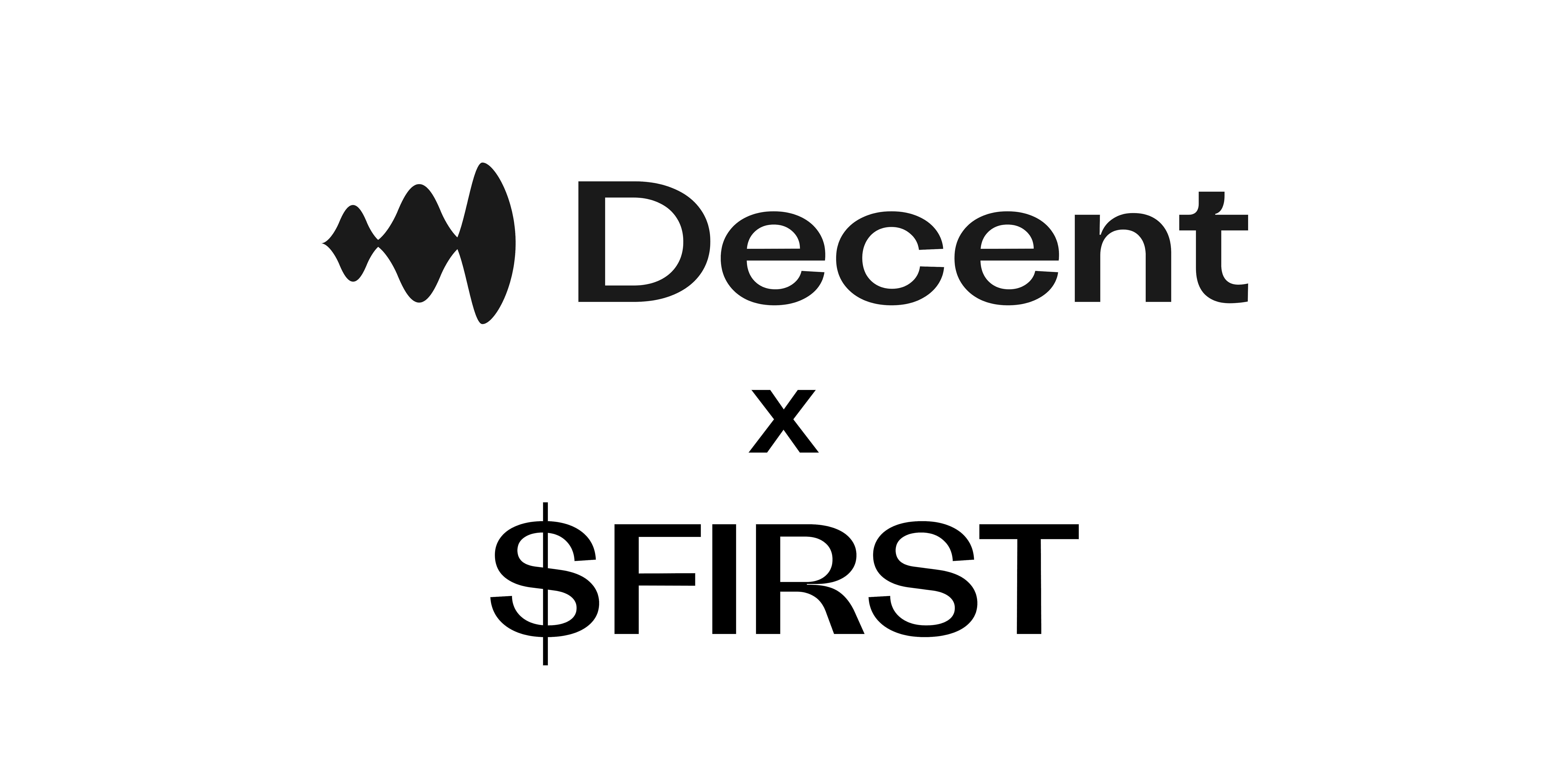This framework implies a return to patronage – we are not paying for utility, we are funding the story, the taste, the culture, and its support and proliferation.
Ironically enough, patronage is an even older media business model than advertising or subscriptions. During the Renaissance, patronage was symbiotic – it afforded patrons cultural capital...
See more

